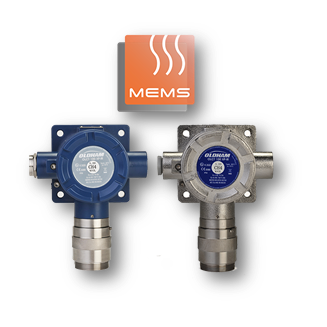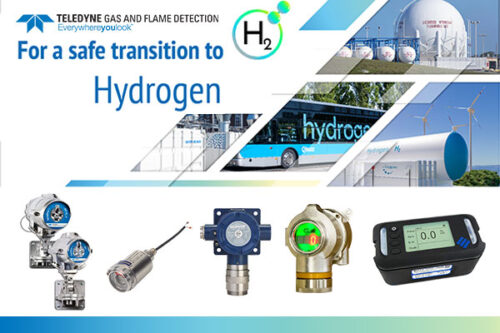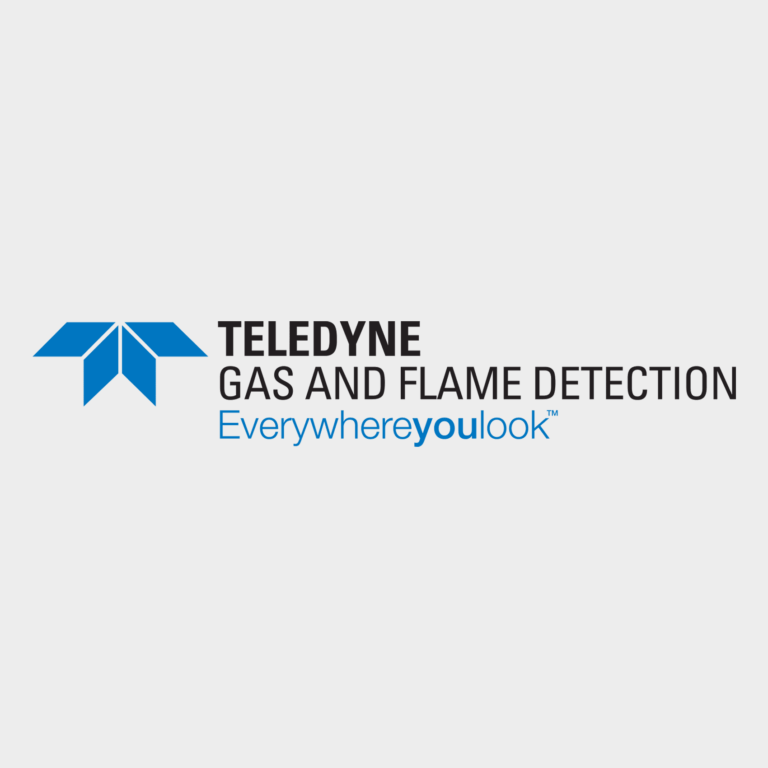Hydrogen is racing from pilot projects to large-scale deployment, and the conversation around safety has never been more urgent. Invisible flames, fast dispersion, cross-contamination with hydrocarbons, and harsh industrial environments all conspire to make detection harder just as the stakes are getting higher. Teledyne Gas and Flame Detection is tackling that challenge head-on, bringing a deep legacy in sensing and a sharp focus on real-world engineering to the hydrogen value chain.
“Hydrogen is an (extra)ordinary gas for us,” says Nathalie Dewisme, Senior Global Marketing & Communication Manager at Teledyne Gas and Flame Detection. “We’ve protected facilities handling hydrogen for decades – from battery charging rooms to rocket refuelling – and we’re scaling that experience for the energy transition.”
Why Hydrogen Needs a Different Kind of Detection
Hydrogen’s flame characteristics challenge conventional optical systems. Flames can be nearly invisible to the naked eye, and when equipment is densely packed – as in refineries, electrolyser halls, or mobility depots – a localised hydrogen fire can quickly propagate and ignite hydrocarbons nearby. That mix of risks is why Teledyne has invested in dedicated flame-analysis algorithms tuned to hydrogen’s spectral behaviour and dynamics, improving accuracy and response when it matters most.
“Detecting hydrogen correctly is about understanding its unique signature and the environments where it’s used,” Dewisme explains. “We’ve built algorithms and architectures that stay reliable even in demanding conditions.”
Spyglass™ Xtend: Triple-IR that Watches H2 and Hydrocarbons at Once
A standout example is Spyglass™ Xtend, a triple-infrared flame detector that simultaneously detects both hydrogen (H₂) and hydrocarbon (HC) fires. In practice, that means a single device can spot a pure hydrogen flame and, if a blaze spreads to adjacent oils, solvents, or fuels, detect that too – closing a critical blind spot in mixed environments. The result is faster, more comprehensive coverage without stitching together a patchwork of single-purpose detectors.
The multi-band IR approach isn’t just elegant – it’s pragmatic. Facilities rarely operate with hydrogen alone. Maintenance activities, vehicle traffic, lubricants, thermal fluids, and stored materials introduce hydrocarbons into most sites. “Combined detection is a genuine safety net in crowded industrial spaces,” says Dewisme. “It helps operators control an incident before it cascades.”

MEMS Sensors Built for Long Life and Tough Environments
Beyond flame detection, Teledyne is also pushing the durability and selectivity of point gas sensors. Its MEMS (Micro-Electro Mechanical Systems) sensor, now available for the OLCT 100-XP-MS gas detector, is designed to deliver long operating life and strong resistance to “poisoning” that can impair traditional catalytic sensors. For operators, that translates into fewer false alarms, longer calibration intervals, and more predictable maintenance – key gains when projects scale from one pilot skid to dozens of fielded systems.
Teledyne’s roots matter here. With over 190 years of combined experience in gas and flame detection across its manufacturing lineage, the company blends proven field hardware with application-focused engineering and configurable solutions. That “heritage-plus-fit” approach is visible in how systems are architected – from detector placement studies to communication backbones and alarm logic – to match the realities of each site rather than forcing a one-size-fits-all template.
“Our strategy is simple,” Dewisme notes. “Apply exclusive technologies inside products that are already trusted in the field, and tailor them to the application so customers get exactly what they need, no more, no less.”
Coverage across the entire hydrogen value chain
Teledyne’s footprint spans production, transport, storage, usage, and mobility, not just in the marquee projects but also at smaller, remote, or distributed sites where hydrogen’s flexibility shines. The company works with traditional hydrogen producers and electrolyser manufacturers alike, embedding detection into both legacy and next-gen facilities. That breadth includes everything from compressor halls and balance-of-plant areas to refuelling forecourts and aerospace applications.
“We provide proven safety solutions across every stage of the value chain,” says Dewisme. “Whether it’s a large industrial complex or a small, isolated site, reliability and ease of operation are the goals.”
Ask Teledyne how it engages, and the answer starts with an engineering review. The company’s specialists analyse layouts, process conditions, airflow, ignition sources, and human factors before proposing a system architecture. The emphasis is on right-sizing: selecting detector types (flame, fixed gas, open-path), communications (analogue, HART, Modbus), and alarm strategies that fit the risk profile and maintenance model of each site. That diligence is especially important as hydrogen moves offshore, into mobility hubs, or closer to urban centres, where installation and access constraints multiply.

Offshore Electrolysers and the Road to “White” Hydrogen
Hydrogen’s future will be plural: decarbonised SMR/ATR with CCS to clean up existing uses, surging PEM/alkaline electrolysers for new ones, and emerging concepts like offshore production and naturally occurring “white” hydrogen. Teledyne is already supporting offshore electrolyser stations with advanced flame detection, hardening systems against salt fog, vibration, and temperature swings, while preparing for the risk profiles of less conventional production routes.
“As white hydrogen moves from concept to commercial reality, safety challenges will evolve,” Dewisme says. “Our job is to ensure operators can move quickly without compromising on detection and response.”
From Steel to Cement, and Everywhere in Between
Where will hydrogen move the needle fastest? Teledyne sees significant opportunity in decarbonising major CO₂ emitters, steel and cement, alongside the long tail of smaller sites that benefit from hydrogen’s flexible deployment. That dual focus speaks to a pragmatic path for the 2025-2035 window: abate what we already do at scale, while building the distributed infrastructure for tomorrow’s demand.
The company also points to conversion pathways (e.g., hydrogen to methanol or ammonia) for long-distance shipping and storage, and to upstream needs such as oxygen and nitrogen for gasification or ammonia production, reminders that hydrogen’s ecosystem is interconnected and multi-commodity by design. Safety architectures must therefore account for mixed gases, varied ignition risks, and complex process interlocks.
What Does Success Look Like?
“Whatever the production technology, whatever the distribution and storage mode – whether it’s decarbonising existing processes or investing in new assets – our role is to support safe, efficient growth of the hydrogen economy,” says Dewisme. It’s an outcome-based definition of success: detection that’s accurate, robust, and easy to live with for operators under real-world constraints.
Hydrogen’s safety challenge isn’t a single problem you solve with a single widget. It’s a system problem that spans sensing physics, algorithms, installation realities, and lifecycle maintenance. Teledyne Gas and Flame Detection approaches it with a toolkit calibrated to where the market is going: multi-band flame detection that “sees” hydrogen and hydrocarbons in tandem; MEMS-based point sensors that keep their edge in tough environments; and an application-first process that translates technology into dependable protection.
The net effect is confidence: confidence to build bigger plants, place equipment closer together, move offshore, push into mobility, and carry hydrogen’s benefits across industries without letting safety be the bottleneck. That’s how detection becomes an enabler, not a constraint, of the energy transition. As Dewisme puts it, “Hydrogen is accelerating, and safety must scale with it. We are ready.”



